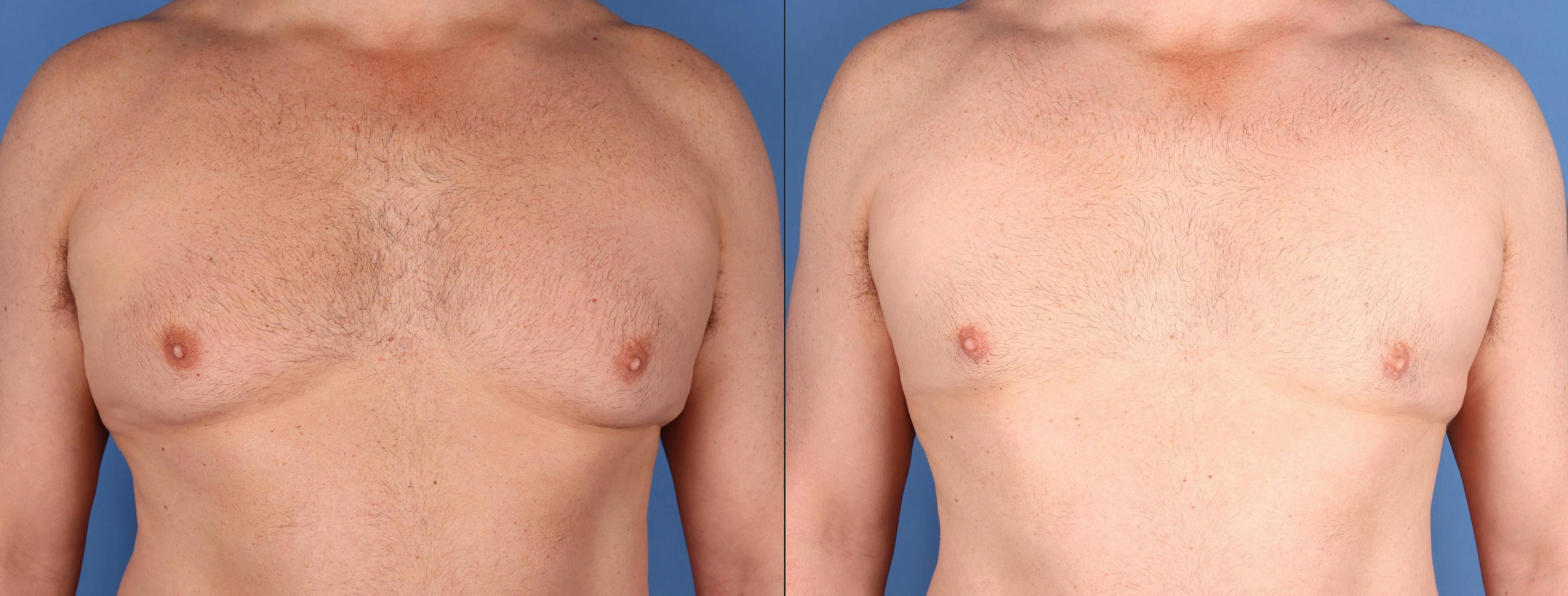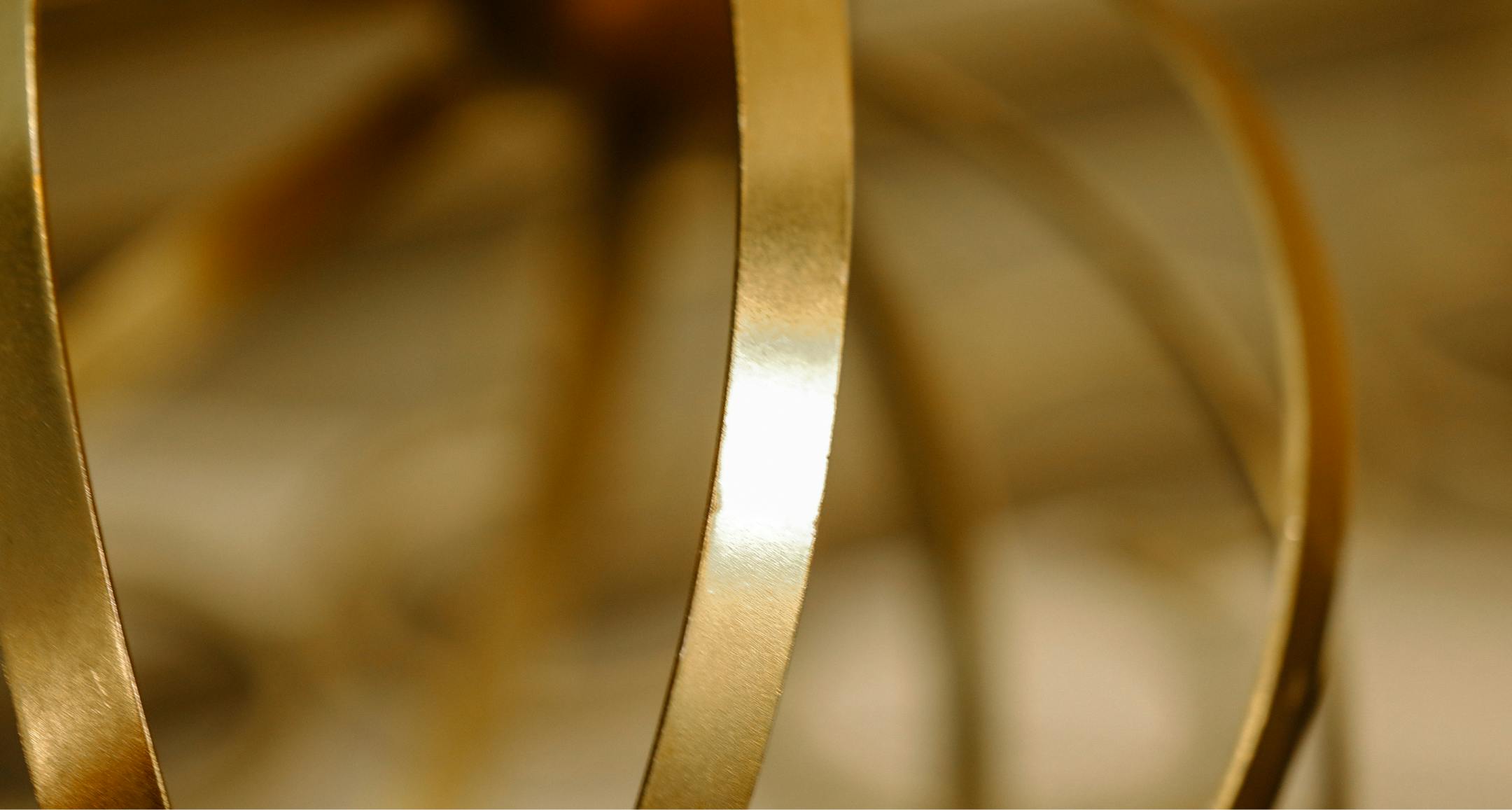Gynecomastia affects an estimated 40 to 60 percent of men and can affect only one breast or both. Though certain drugs and medical problems have been linked with male breast overdevelopment, there is no known cause in the vast majority of cases. Male breast reduction surgery with Dr. Cappuccino can restore your more masculine look.
The initial consultation with Dr. Cappuccino is very important and will give Dr. Cappuccino the opportunity to look for causes of the gynecomastia, such as impaired liver function, use of estrogen-containing medications, or anabolic steroids. If a medical problem is the suspected cause, you'll be referred to an appropriate specialist.
In extreme cases, Dr. Cappuccino may recommend a mammogram or breast x-ray. This will not only rule out the very small possibility of breast cancer but will reveal the breast's composition. Once Dr. Cappuccino knows how much fat and glandular tissue is contained within the breasts, he can choose a surgical approach to best suit your needs.
You’ll receive specific instructions on how to prepare for surgery, including guidelines on eating, drinking, and taking certain vitamins and medications. Smokers should plan to stop smoking for a minimum of one or two weeks before surgery and during recovery, as smoking decreases circulation and interferes with proper healing.











